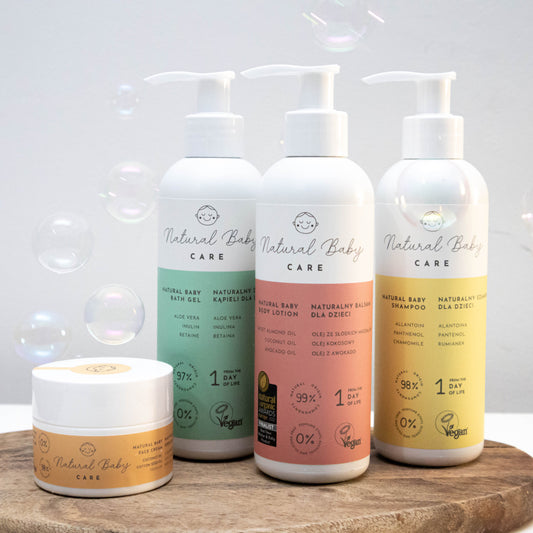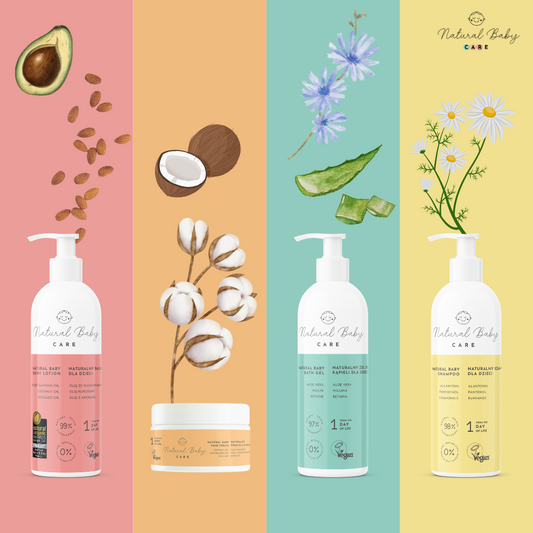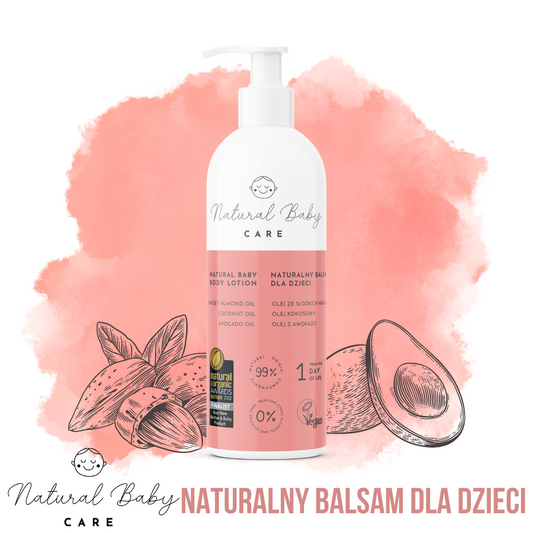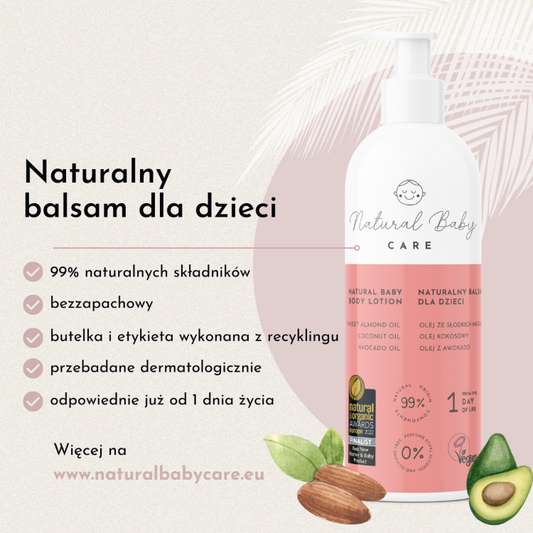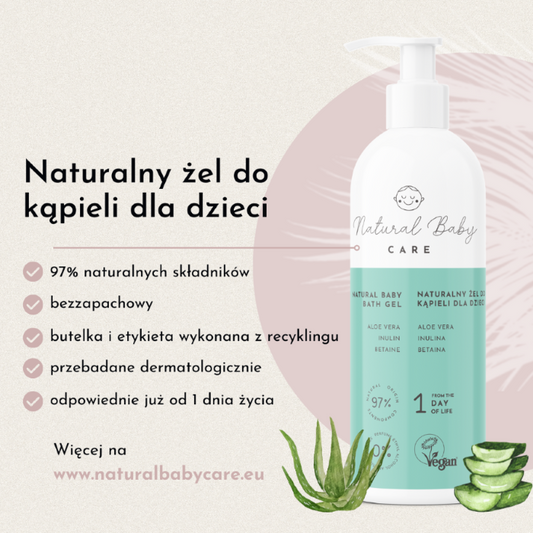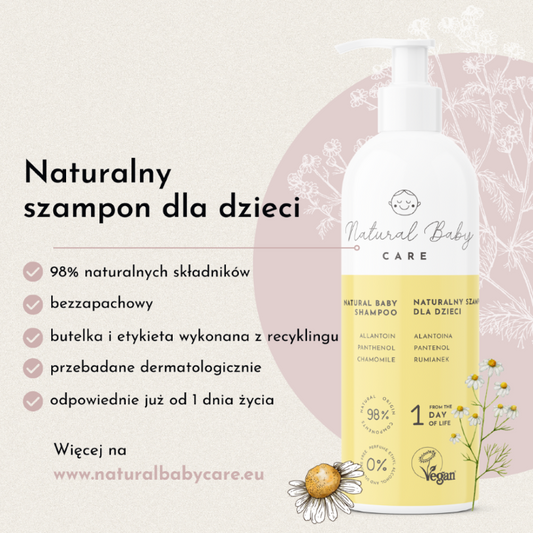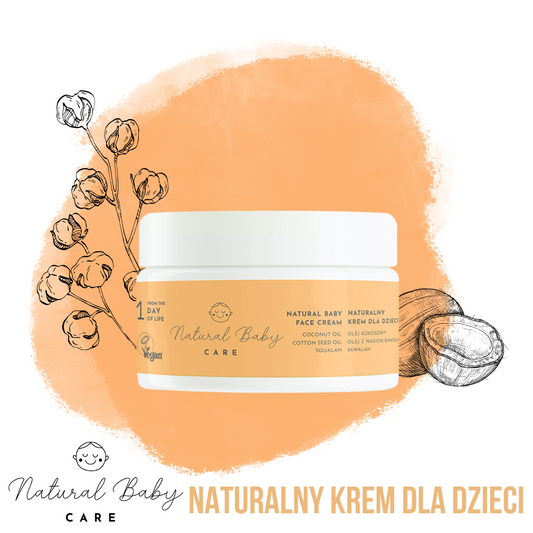Home > Knowledge Zone > Blog > Heatwave and babies – toddler comfort in summer
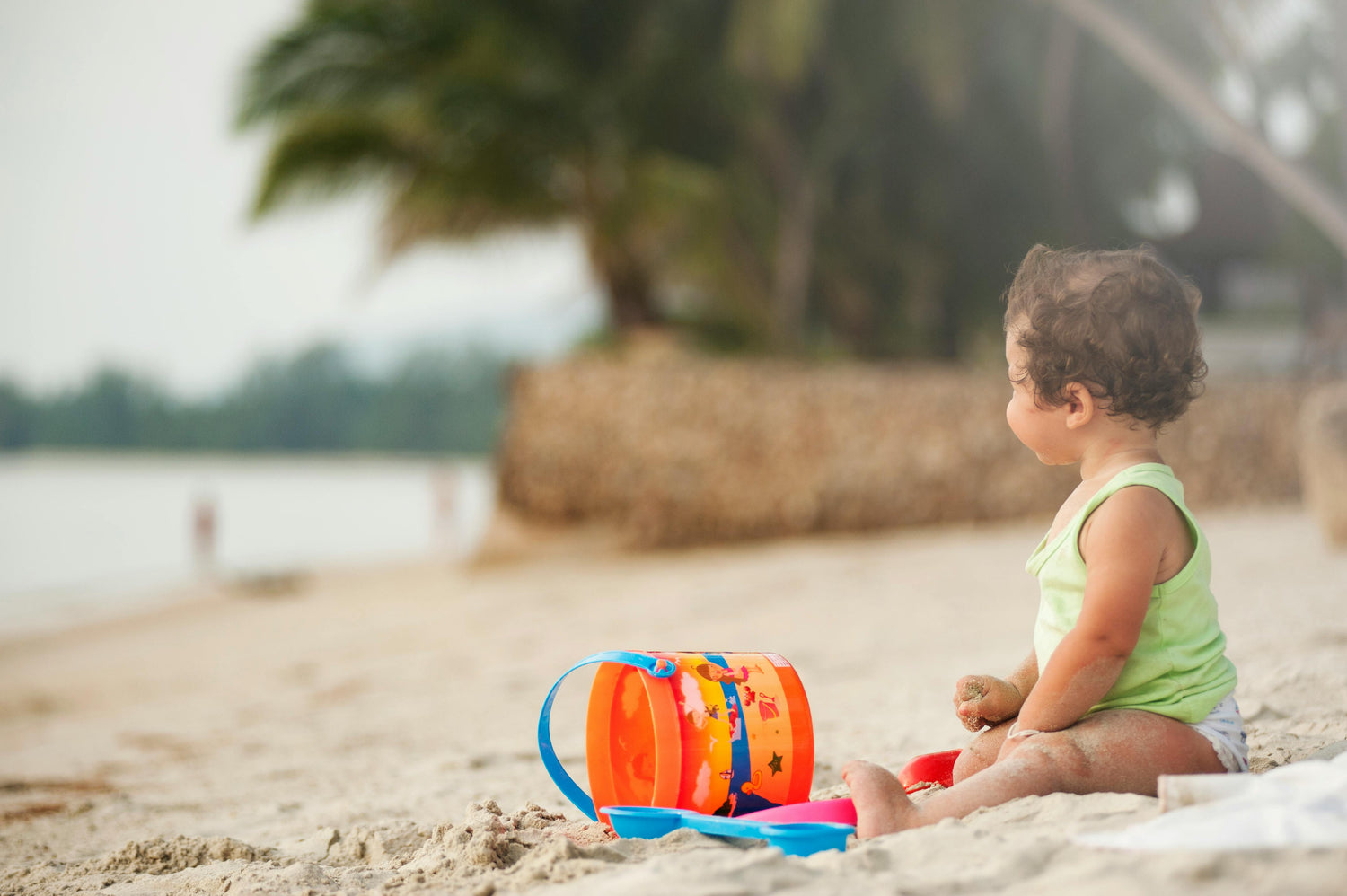
Heatwave and babies – toddler comfort in summer
Author : Natural Baby Care Team
Publication date: June 24, 2025
Reading time: 5 minutes
Summer is a time for walks, family outings, and warm evenings. However, high temperatures can be a significant challenge for little ones. Babies' thermoregulatory systems aren't fully developed yet, meaning they're more susceptible to overheating and dehydration. How can you ensure your little one's safety and comfort in hot weather? Here's a practical guide for parents.
Check out cosmetics for your baby's delicate skin
The optimal time for walking is in the morning before 10:00 a.m. and in the evening after 5:00 p.m. Avoid walking in full sun and temperatures above 30°C. It's worth seeking shade: parks, paths, forests. And importantly, DO NOT cover the stroller with a rain cover – it traps heat and leads to overheating.
Did you know that...?
Collapsible content
Jak ubierać niemowlę w upalne dni?
Czy można wychodzić z niemowlęciem na spacer, gdy jest gorąco?
Jak rozpoznać, że niemowlę jest przegrzane?
Czy niemowlę potrzebuje więcej wody latem?
Czy można przykrywać wózek pieluszką lub folią?
Jak ochłodzić mieszkanie dla niemowlaka bez klimatyzacji?

